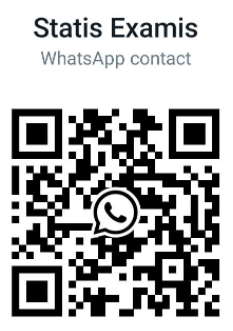Navigation » List of Schools » California State University, Northridge » Health Sciences » HSCI 336 – Health Aspects of Drug Use » Summer 2020 » Quiz 3
Question #1
A safe.
B pure and accurately labeled.
C effective.
D all of the above.
Question #2
A regulated peyote and marijuana.
B regulated all over-the-counter medicines.
C made it a crime to prescribe heroin to dependent users.
D required pharmacists and physicians to register and pay a tax to dispense certain drugs.
Question #3
A Controlled Substances Act.
B Patent Medicines Act.
C Prescription Drug Act.
D Pure Food and Drugs Act.
Question #4
A large numbers of drug-related deaths.
B public use in saloons and night clubs.
C minority racial groups.
D gang-related violence.
Question #5
A 1 to 2
B 35 to 40
C more than 50
D 10 to 15
Question #6
A that we need to double our eradication efforts to have a positive effect.
B that even if we produced massive disruption of one country’s supply, market forces would replace the supply within two years.
C that fewer acres are now being planted with coca.
D a clear linkage to higher cocaine prices in the streets in the U.S.
Question #7
A alcohol and the legal drinking age
B marijuana for medical use
C drug screening in public schools
D heroin and access to clean syringes
Question #8
A can detect drug use for up to 90 days.
B can detect drug use for up to a week.
C are harder to obtain.
D can be used to test for a greater variety of drugs.
Question #9
A heroin use.
B marijuana smoking.
C amphetamine abuse.
D patent medicines.
Question #10
A only if there is evidence that the individual student has used drugs.
B if they are involved in extracurricular activities.
C only with the parents’ permission.
D only after the student has been in a treatment program.
Question #11
A decreased to about 0.5 per 1,000.
B increased to about 1.5 per 1,000.
C doubled to about 2 per 1,000.
D increased to about 5 per 1,000.
Question #12
A for using a controlled substance, but this only applies to cocaine or heroin.
B only for sale of “dealer” quantities of crack cocaine.
C for possession of small amounts of a controlled substance.
D for advocating the legalization of drugs.
Question #13
A Schedule III.
B precursors.
C the DAWN report.
D Schedule I.
Question #14
A was the first to distinguish prescription from over-the-counter drugs.
B included control over alcohol and tobacco products.
C established schedules of controlled substances and moved enforcement to the Justice Department.
D established harsh penalties for first-offense possession of an illicit drug.
Question #15
A Possession for personal use of all drugs will receive stiffer penalties.
B Possession for personal use of marijuana is decriminalized.
C Possession for personal use of all drugs is decriminalized.
D Possession for personal use of marijuana will receive stiffer penalties.
Question #17
A the Marijuana Tax Act.
B the Pure Food and Drugs Act.
C alcohol prohibition (the 18th Amendment).
D the Dangerous Drugs Act.
Question #18
A proof that no adverse reactions will occur.
B three phases of clinical testing, with each phase involving more people.
C a pricing comparison with competing drugs.
D personal testimony from patients who have tried the drug.
Question #19
A marijuana
B opium
C barbiturates
D alcohol
Question #20
A They detect only fairly recent drug use, up to one day.
B They are capable of detecting most kinds of drugs for up to three days.
C They detect the metabolites of marijuana up to five days or more.
D They are capable of detecting drug use for up to 90 days.
Question #21
A the drug has been tested in at least two species of nonhuman animals.
B several hundred volunteers have been exposed to the drug.
C the drug’s effectiveness has been proven.
D the drug must be marketed in another country.




